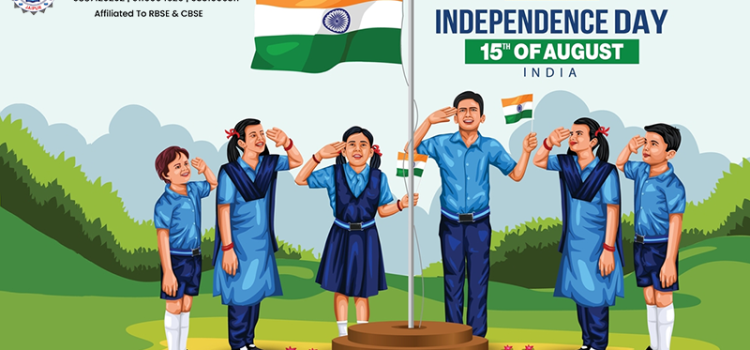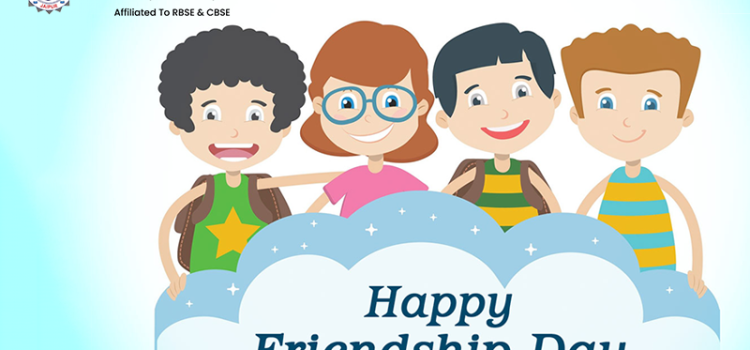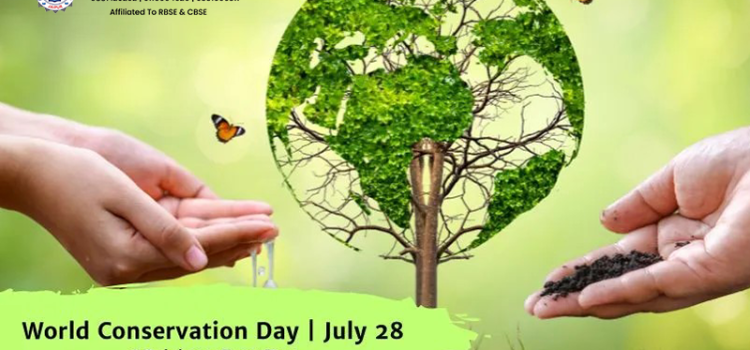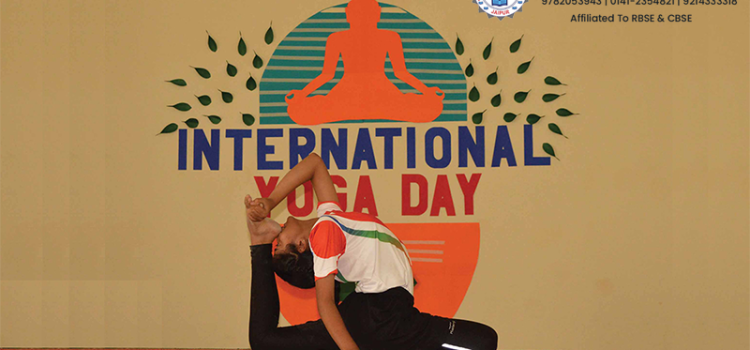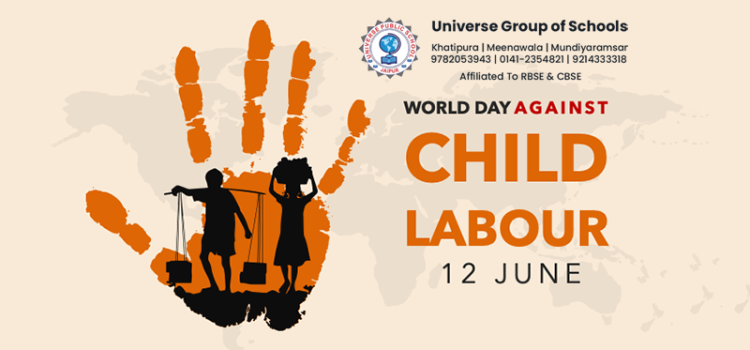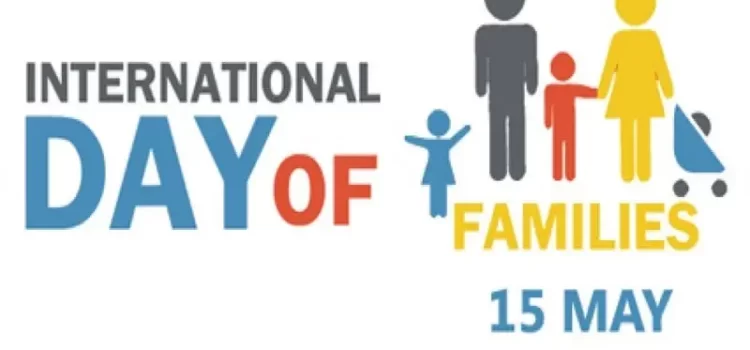On the 15th of August each year, India radiates with pride and a deep sense of patriotism as it celebrates Independence Day. On this momentous day in 1947, which marks the end of two centuries of British rule, India joyously proclaimed its independence. On this historic day, we honor the journey from colonial oppression to complete freedom. Independence Day transforms into a moving remembrance of the sacrifices made, a unifying time for the country, and a flying national flag amid the booming anthem. The celebrations begin with the hoisting of the national flag, followed by the singing of the National Anthem, and are highlighted by cultural programs, parades, and speeches that reflect on India’s journey and achievements.
This year, as India marks its independence, the emphasis is on embracing development while adhering to the rich cultural legacy that makes the country unique. Universe Public School is set to celebrate Independence Day 2024 with great enthusiasm and patriotism. The day will begin with a magnificent flag-hoisting ceremony, in which the principal will raise the national flag, and the staff and students will sing the National Anthem. A series of vibrant cultural programs, including traditional dances, patriotic songs, and skits depicting the stories of India’s freedom struggle, will follow.
The school premises will be adorned in tricolor decorations, and to further involve students, additional events will be arranged, including essay writing and art competitions on themes connected to India’s independence. Universe Public School (CBSE & RBSE) celebration of Independence Day 2024 promises to be a memorable event, instilling a sense of pride and patriotism in every participant.
The Theme For Independence Day 2024
The theme for Independence Day 2024 is ‘Honoring the Past, Embracing the Future’, focusing on reflecting on India’s journey since Independence and envisioning a progressive and inclusive future for the nation.
History of Independence Day
British authority in India began in 1757 when the East India Company defeated the final Nawab of Bengal in the Battle of Plassey. The Indian Rebellion, often known as the First War of Independence, was a significant but ultimately futile rebellion against British rule that occurred in 1857. The Indian National Congress, the country’s first political organization, was founded in 1885. Following the end of World War I in 1918, Indian nationalists began a movement known as “Swaraj” or self-rule. During an assembly in Lahore in 1929, the Indian National Congress proclaimed “Purna Swaraj,” or the independence of India. After numerous sessions and discussions between the Indian National Congress and the British administration, Lord Mountbatten—the final viceroy of pre-independence India—agreed to the plan. On 15th August 1947, Lord Mountbatten divided British India into Pakistan and India, two new independent countries. This marked the first India Independence Day in 1947.
Significance of Indian Independence Day
- This day honors India’s liberation from British domination. India was ruled by the British for more than 200 years, and the fight for Indian independence was protracted and challenging. But on 15 August 1947, India finally achieved independence.
- On this day, people honor the sacrifices made to bring about India’s independence. India’s freedom was the cause of many battles and deaths, and their sacrifices will never be forgotten.
- It is a day to reflect on India’s progress since independence. Since gaining its independence, India has advanced significantly in sectors including economic growth, healthcare, and education. However, there is still much work to be done.
- This day serves as a means of reaffirming India’s dedication to social justice, democracy, and religion. Since India is a democracy, every person ought to enjoy the same freedoms and opportunities. Additionally, the nation is dedicated to atheism, which states that discrimination on the basis of religion is prohibited. Social justice means that the government should work to reduce poverty and inequality.
Indian Independence Day is a significant day in India’s history. It is a day to celebrate the country’s freedom, remember the sacrifices that were made to achieve it, and reflect on India’s progress since Independence. Additionally, it is a day to restate India’s dedication to social justice, democracy, and freedom.
Independence Day Celebrations Across India
The Indian national flag is flown in many public locations on this day, and the prime minister raises it at Red Fort in Delhi to mark this momentous occasion. Along with the flag-hoisting ceremony, parade, and folk dance performances also take place. Different regions of the country host multiple celebrations. Schools and colleges, among other academic institutions, hold special ceremonies to inform students about the historical significance of this day. To commemorate this day, kids fly kites with three colors.
Buildings, streets, and public spaces are adorned with the national flag, tri-colored buntings, and decorative lights. It is traditional to share treats as a sign of happiness and harmony, especially Laddoos. People convey the joyous mood of India Independence Day by exchanging sweets with friends, neighbors, and colleagues. On Independence Day, plenty of patriotic Indian films are available to view online and on national television, along with the live broadcast of the flag hoisting ceremony at the Red Fort in Delhi.
Kite flying is a popular tradition associated with Independence Day. People of all ages congregate to fly multicolored kites, a symbol of the country’s hopes and independence, from roofs and open spaces. People share their Independence Day videos and images of celebrations on social media platforms.
FAQs
What is the significance of Independence Day in India?
India celebrates Independence Day on August 15, 1947, the day the nation was emancipated from British colonial authority. It is a national holiday observed to celebrate the founding of India and to pay tribute to the freedom warriors who gave their lives defending the nation’s independence.
What is the Theme for Independence Day 2024?
The theme for Independence Day 2024 is ‘Honoring the Past, Embracing the Future’.
How is Independence Day celebrated in India?
India celebrates Independence Day with parades, cultural events, flag-hoeing rituals, and patriotic events. A speech outlining the nation’s accomplishments and future aspirations is given by the prime minister from the Red Fort in New Delhi. Colleges, schools, and communities also organize events to honor the day.
Why is the National flag hoisted on Independence Day?
On Independence Day, the national flag is raised to represent the supremacy of the country and to remember those who fought for independence. It is a reminder of India’s struggle for freedom and the values of peace, unity, and progress that the nation upholds.
Are there any special programs or activities planned for Independence Day 2024?
Yes, special programs and activities planned for Independence Day 2024 include cultural performances, patriotic song and dance competitions, essay and painting contests for students, and community service initiatives.


